Understanding Porsche Warning Lights & Diagnostic Codes
Driving a Porsche is about experiencing exceptional performance, cutting-edge technology, and unparalleled luxury. However, even the most advanced vehicles can encounter issues.
Porsche warning lights and symbols are a vital part of its onboard diagnostic system, designed to alert you to potential problems before they escalate. Ignoring these lights can lead to serious damage, costly repairs, and compromised performance. Acting promptly when a warning light or symbols appears ensures your Porsche continues to deliver the experience it was built for.
Common Porsche Warning Lights
Porsche vehicles are equipped with sophisticated systems to monitor various components and alert you when something requires attention. Here are some of the most common warning lights, what they mean, and possible causes:
| Warning Light | Indication | Action Required |
|---|---|---|
| Check Engine Light: One of the most common dashboard warnings that can indicate various issues from minor to major concerns. | Can signal problems ranging from a loose gas cap to sensor failures, engine misfires, or exhaust system malfunctions. | Perform immediate diagnostic scanning to determine the exact cause of the warning. |
| ABS Warning Light: Indicates potential issues with the Anti-lock Braking System that affect vehicle safety. | May indicate faulty sensors, low brake fluid levels, or problems with the ABS module. | Have the braking system professionally inspected to ensure proper function, especially for emergency situations. |
| Oil Pressure Light: Critical warning related to engine oil system functionality. | Signals low oil levels or problems within the oil system that can lead to severe engine damage. | Check oil level immediately and seek professional assistance to prevent engine damage. |
| Airbag Warning Light: Indicates issues with the Supplemental Restraint System (SRS). | Signals potential faults in the airbag system that could prevent proper deployment during accidents. | Visit a specialist repair shop to diagnose and restore the system's reliability. |
Each of these lights is designed to alert you to specific issues, but they’re only the starting point. To uncover the root cause, professional diagnostic tools and expertise are required.
Red Warning Lights & Symbols
| Warning Light | Indication | Action Required |
|---|---|---|
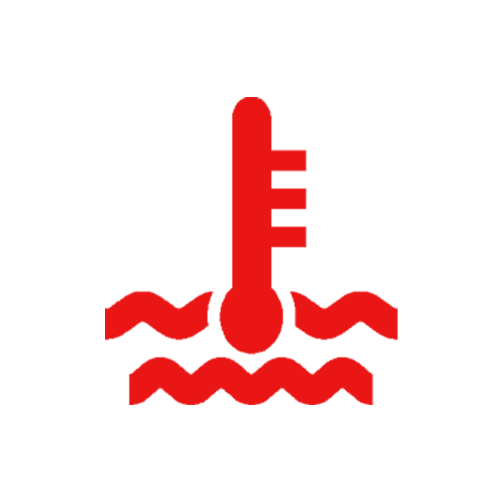 |
Engine coolant temperature at dangerously high level | Stop immediately, let engine cool, have car towed to specialist |
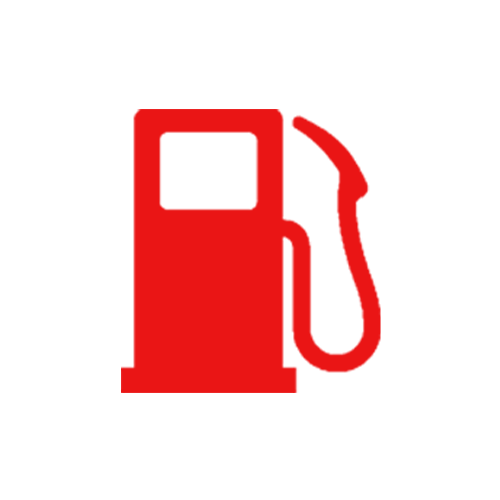 |
Very low fuel situation or completely empty tank | Refuel immediately. If tank is full, check fuel level sender |
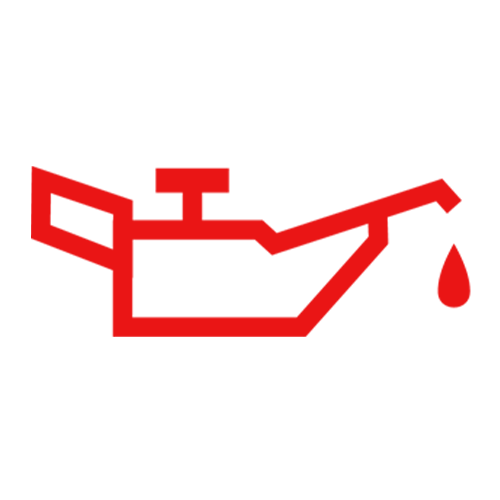 |
No or dangerously low oil pressure in engine | Do not run engine, tow to specialist immediately |
 |
Failure in safety restraint system including airbags, seatbelts, and tensioners | Visit specialist immediately for safety system diagnosis |
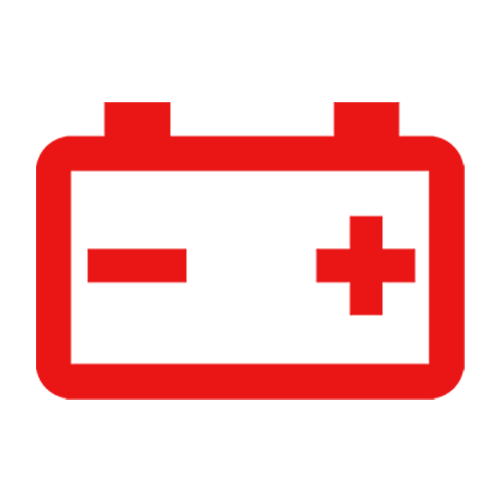 |
Fault in battery charging and vehicle electrical system | Switch off vehicle, get to specialist, don't replace battery first |
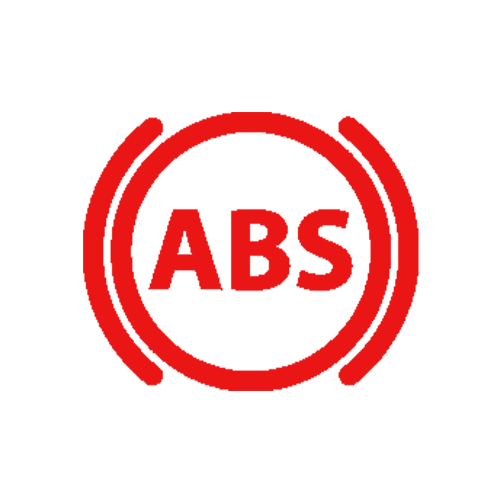 |
ABS brake system warning | Requires immediate specialist attention |
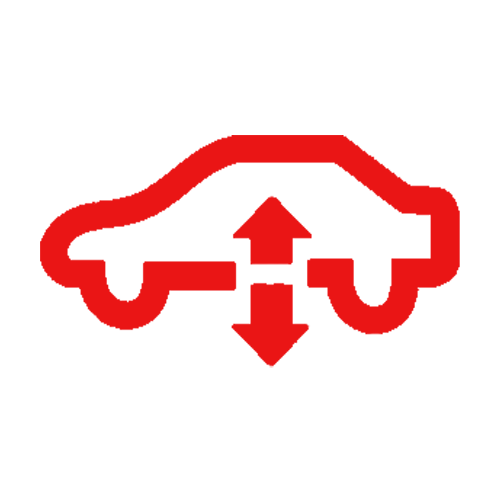 |
Chassis system or suspension fault | Visit specialist for immediate inspection |
 |
Brake pad material worn to minimum safe level | Replace brake pads, sensor, and rotors soon |
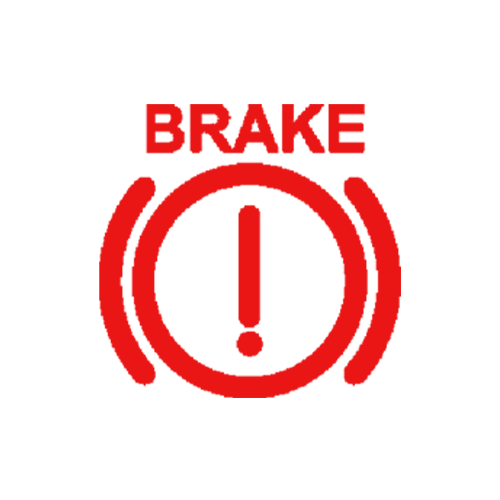 |
Serious fault in braking system | Do not drive, have vehicle towed to specialist |
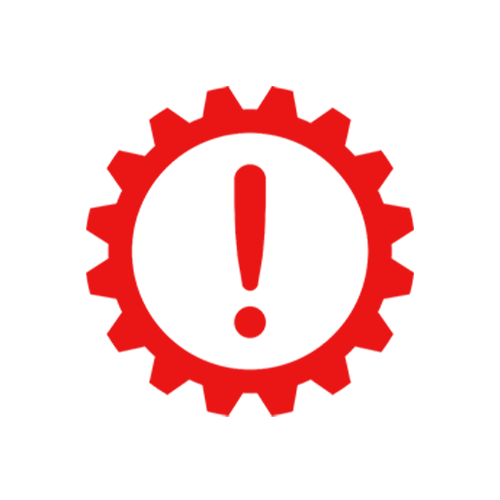 |
Transmission system fault or failure | Do not drive, tow to specialist immediately |
 |
General system fault warning indicating multiple possible issues | Have vehicle checked by specialist |
 |
Malfunction with driver's key reading system | Check key position, visit specialist if persists |
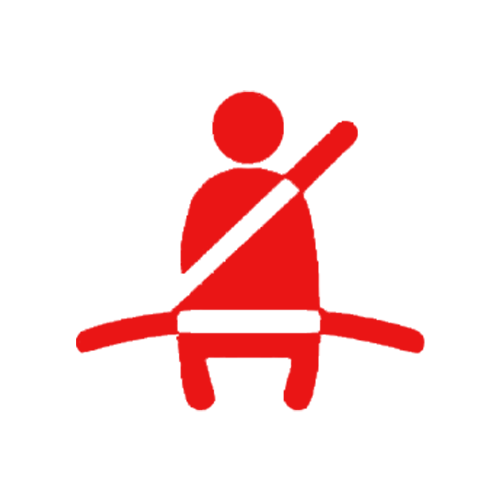 |
Seat belt not worn or sensor fault | Fasten seatbelt or have sensor checked if persists |
Yellow Warning Lights & Symbols
| Warning Light | Indication | Action Required |
|---|---|---|
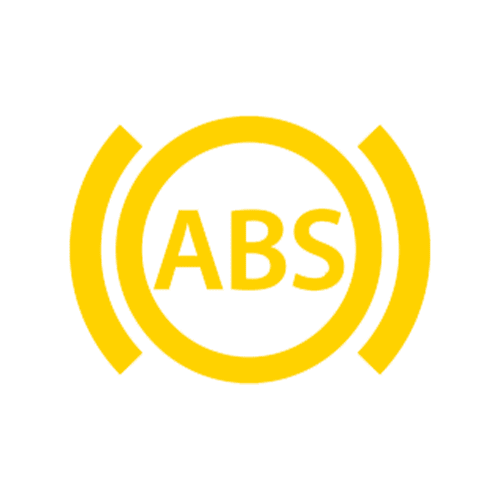 |
ABS brake system warning | Do not drive. Have ABS system diagnosed by specialist |
 |
Brake pad wear indicator | Replace brake pads and rotors immediately. Limited mileage remaining |
 |
External light bulb failure | Check and replace burnt out bulb or inspect light assembly |
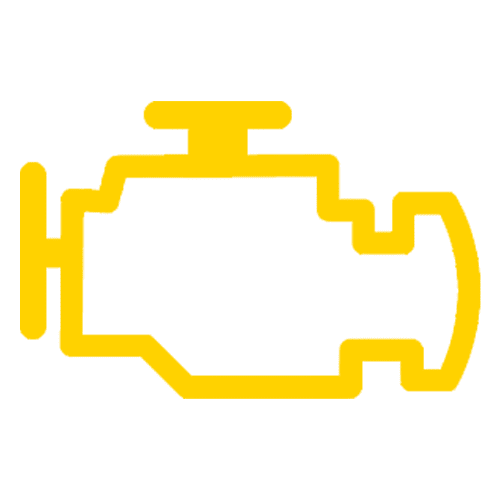 |
Engine running/emissions fault | Have engine scanned. Don't drive if engine runs rough |
 |
Tire pressure monitoring system fault | Check all tire pressures. Have TPMS diagnosed if persists |
 |
Cruise control warning | System cannot be activated. Have fault diagnosed |
 |
Front fog lights activated | Turn off fog lights if not needed |
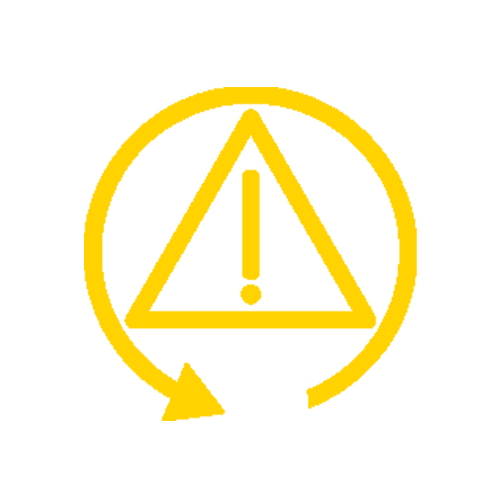 |
PSM system deactivated | Turn PSM back on unless at racetrack |
 |
Headlight adjustment system fault | Have automatic headlight positioning checked |
 |
Key reading malfunction | Check key position or replace key battery |
 |
Low washer fluid | Refill washer fluid. Check sensor if persists when full |
 |
Low engine oil level | Add oil immediately. Document mileage and quantity added |
 |
PASM suspension/chassis fault | Limited driving ok unless ride height unusual. Need diagnosis |
 |
Brake pedal not activated | Press brake pedal to start. If persists, check brake pedal sensor |
 |
PSM/Traction control warning | Check if system is turned on. If on, needs immediate diagnosis |
 |
Rear fog lights activated | Turn off rear fog lights if not foggy |
 |
Speed warning indicator | Adjust or disable speed warning in dashboard settings |
 |
Spoiler failure warning | Have spoiler system diagnosed by specialist |
 |
Start/Stop system disabled | Press button to enable or have system diagnosed if persists |
 |
Steering/ignition lock failure | Do not drive. Have vehicle towed to specialist |
 |
Chassis/suspension system failure | Do not drive. Have vehicle inspected immediately |
 |
General system warning | Check system messages and have vehicle diagnosed |
The Role of Diagnostic Codes
Warning lights are backed by a system of diagnostic trouble codes (DTCs) stored in your Porsche’s onboard computer. These codes act as a roadmap to pinpointing the exact problem.
While some generic scanners can retrieve basic codes, understanding Porsche’s complex systems requires advanced diagnostic tools like the PIWIS (Porsche Integrated Workshop Information System).
How Diagnostic Tools Work
Diagnostic tools connect to your Porsche’s onboard computer to retrieve trouble codes and real-time data about the vehicle’s performance. These codes provide insights into everything from engine misfires to sensor malfunctions. However, interpreting them requires specialized knowledge and tools.
Why the PIWIS System Is Essential
The PIWIS system is designed exclusively for Porsche vehicles, offering a deeper level of insight that generic diagnostic tools cannot match. It can access proprietary systems, such as the PDK transmission, active suspension, and advanced safety features. Using PIWIS ensures that issues are diagnosed with precision, saving time and avoiding unnecessary repairs.
By leveraging diagnostic codes and tools like PIWIS, technician can accurately assess your vehicle’s condition and recommend the appropriate solutions.

When to Seek Professional Help
While some warning lights may not seem urgent, delaying a response can lead to bigger problems down the road. Knowing when to consult a professional is key to maintaining your Porsche’s performance and safety. Here are some situations where immediate attention is necessary:
Persistent Warning Lights: If a warning light remains illuminated after restarting your vehicle, it’s time to have it checked. Persistent lights often indicate an underlying issue that won’t resolve on its own.
Multiple Warning Lights: When multiple lights appear simultaneously, it can signify a systemic problem affecting several components. A professional diagnostic scan is critical to address the root cause.
Unusual Noises or Performance Issues: Warning lights accompanied by strange noises, vibrations, or a noticeable drop in performance are red flags that require urgent diagnostics.
Safety Concerns: Lights related to critical systems, such as brakes, airbags, or the engine, should never be ignored. Prompt attention can prevent accidents and further damage.
Visiting a Porsche repair shop ensures your vehicle is inspected and serviced by experts who understand the intricacies of your Porsche. At HOUSE Automotive, our team is equipped with the tools and knowledge to diagnose and resolve issues efficiently.
Ensuring Your Porsche’s Peak Performance
Understanding Porsche warning lights, Porsche warning symbols and diagnostic codes is essential to keeping your vehicle in peak condition. These alerts are your car’s way of communicating potential issues, and responding promptly can prevent minor problems from becoming major repairs. With the right diagnostic tools and expertise, you can ensure your Porsche continues to deliver the performance and luxury you expect.
At HOUSE Automotive, we’re here to help. From interpreting warning lights to providing professional repairs, our team has the skills and tools to care for your vehicle. Don’t let warning lights go unchecked—contact HOUSE Automotive today to schedule a diagnostic inspection or repair service. Your Porsche deserves nothing less than the best.
Common Porsche Warning Light FAQs
The warning system uses three distinct colors to communicate severity. Green indicates normal operation and activated features. Yellow or orange suggests issues requiring attention but not immediate service. Red warnings demand immediate action as they indicate critical problems that could damage your vehicle.
First check if the gas cap is properly tightened. If the light persists, avoid driving the vehicle and have it inspected by a certified technician. A blinking check engine light specifically indicates a serious emission-related issue that requires immediate professional attention.
Multiple simultaneous warning lights typically indicate either a failing battery causing system voltage issues, a faulty ABS sensor affecting multiple vehicle systems, or a need for system reset. This situation requires immediate professional diagnosis.
When illuminated in yellow, this symbol indicates your key fob battery is running low. If the symbol appears in red, it signals a potential ignition lock fault that requires immediate professional attention.
The safety of continuing to drive depends on which lights are illuminated. Red warning lights, especially for engine temperature or oil pressure, require immediate stopping. Yellow or orange lights indicate issues needing attention soon but generally allow for safe driving short distances. When multiple critical system warnings appear, having the vehicle towed is the safest option.
WHY CHOOSE HOUSE?
Maintaining the performance and reliability of your Porsche requires specialized care, and HOUSE Automotive is the trusted choice for owners. HOUSE ensures your car is in expert hands, using genuine parts and advanced PIWIS diagnostic systems to maintain your vehicle’s integrity, performance, and safety.
Our dedication to customer satisfaction and high-quality service sets us apart. Whether it’s a routine inspection or complex repair, we combine technical expertise with precision diagnostics to ensure your Porsche performs at its best, making HOUSE Automotive the premier choice for all your Porsche service needs.
